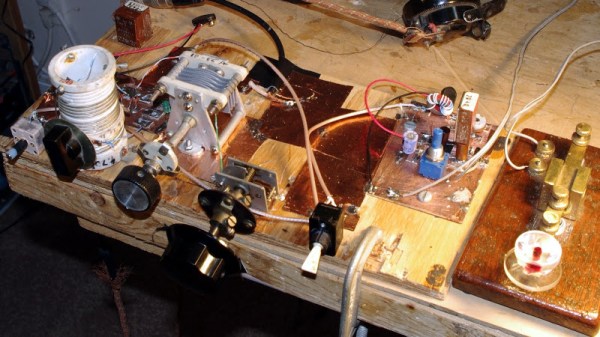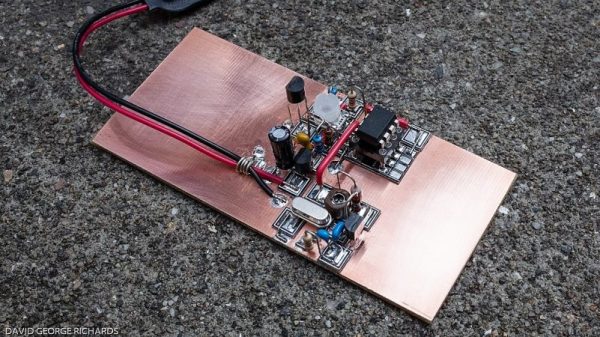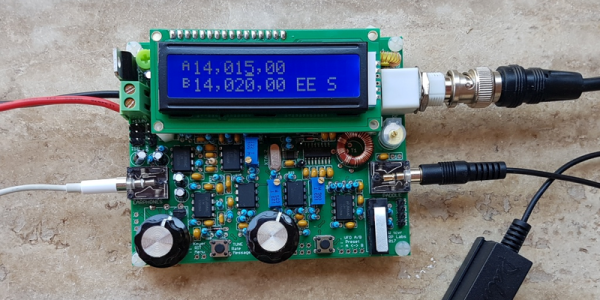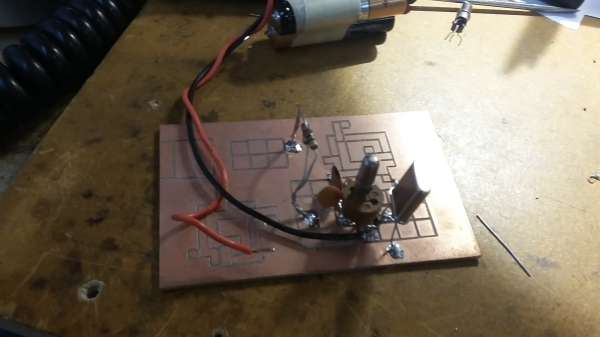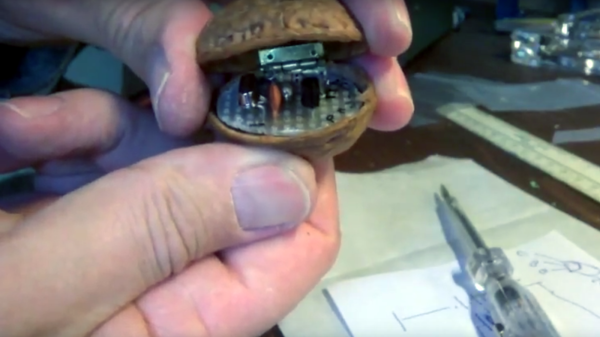We’ve frequently talked about amateur radio on these pages, both in terms of the breadth of the hobby and the surprisingly low barrier to entry. It’s certainly the case that amateur radio does not have to mean endlessly calling CQ on SSB with an eye-wateringly expensive rig, and [Bill Meara N2CQR] is on hand with a description of a transceiver that’s so simple it only uses one transistor.
It’s a 40 meter (7 MHz) QRP or low power transceiver in which the transmitter is a simple crystal oscillator and the receiver is an equally simple regenerative design. What makes it so simple is the addition of a three-way switch to transfer the single transistor — a J310 FET — between the two halves of the circuit. It’s no slouch as QRP radios go, having clocked up real-world contacts.
This circuit shows us how a little can go a long way in the world of amateur radio, and we can’t help liking it for that. It’s worth saying though that it’s not without flaws, as a key click filter and another transistor would make for a much higher quality transmitted signal. But then it would no longer be a single-transistor rig, and thus would miss the point, wouldn’t it.

